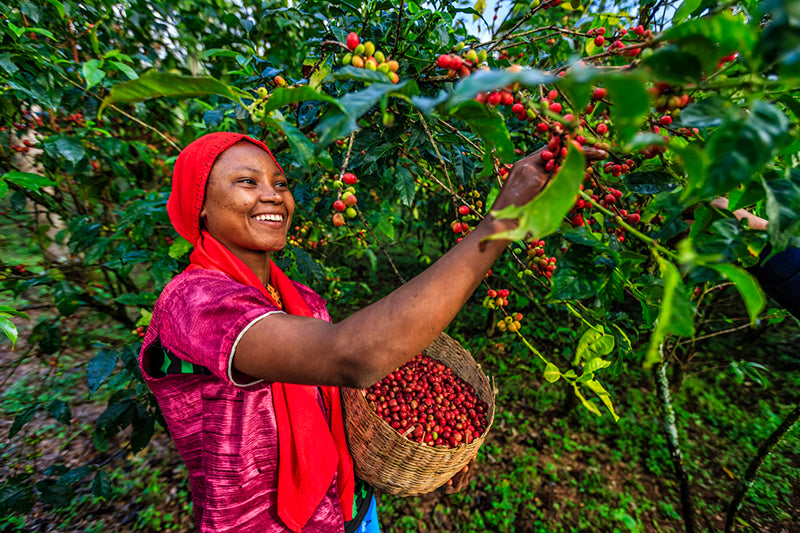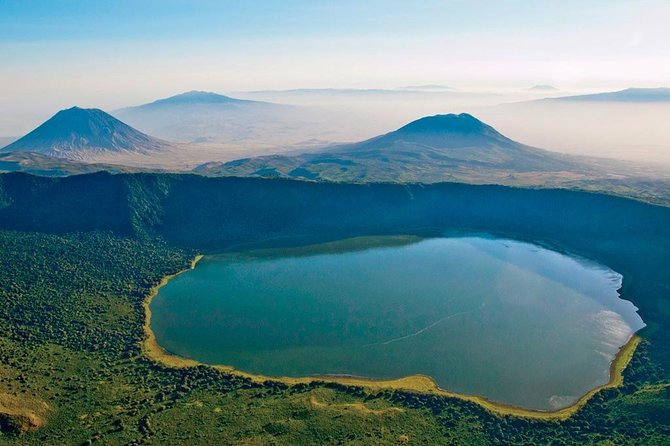News
African Coffee: Where it Comes From and Why it’s Special
Discover the unique and captivating world of African coffee, where every bean tells a story of tradition, sustainability, and rich diversity. Dive into the flavors...
Africa in Every Sip: Welcome to RichlandHub
Fair-trade and sustainable sourcing practices; coffee, cashews, tea, and cocoa through ethical sourcing and community empowerment. Discover how RichlandHub captures the rich flavors of Africa.
Some of the Interesting facts about Tanzania
Tanzania is probably best known for Mount Kilimanjaro. It is the highest mountain in Africa. Almost every type of ecological system can be found here....
The Coffee Journey from Planting to Cup
Overall coffee consumption has grown by more than 5% since 2016. People are drinking more coffee than ever. They also want to know about their...
The “Big 5” Safari Adventure in Tanzania
The experience of delicious Tanzanian coffee in your cup. It may not be quite as “full-bodied” as the experience you’ll get by visiting the country,...
Gender inequality in the agriculture industry
In Tanzania, women play a crucial role in the agriculture industry and contribute more than 70% of the manual labour. But men have historically been...
Your coffee grind size and its relationship with brewing
Why is it important to understand grind? Without understanding the concept of the coffee extraction (..and being able to avoid under and over-extraction., the best...
Ngorongoro Crater the natural wonder
Don’t forget the amazing specialty coffee from the farms on the slopes of the Ngorongoro Crater -and its rich biodiversity. The fertile volcanic soils at an altitude...
Welcome Part 1: Founder's Story
Now, I yearn to give back and pay forward. Seeing a need in the communities of my fellow veterans, local farmers in Tanzania, and communities...









